Ontario Nature Blog
Receive email alerts about breaking conservation
and environmental news.
© Lora Denis
If you have any doubt about the importance of the Greenbelt, take a moment to listen to the voices of Ontario Nature’s Youth Council in their new video. They clearly spell out the Greenbelt’s many benefits, including local food, clean water, climate resilience, wildlife habitat, jobs, financial security and more.
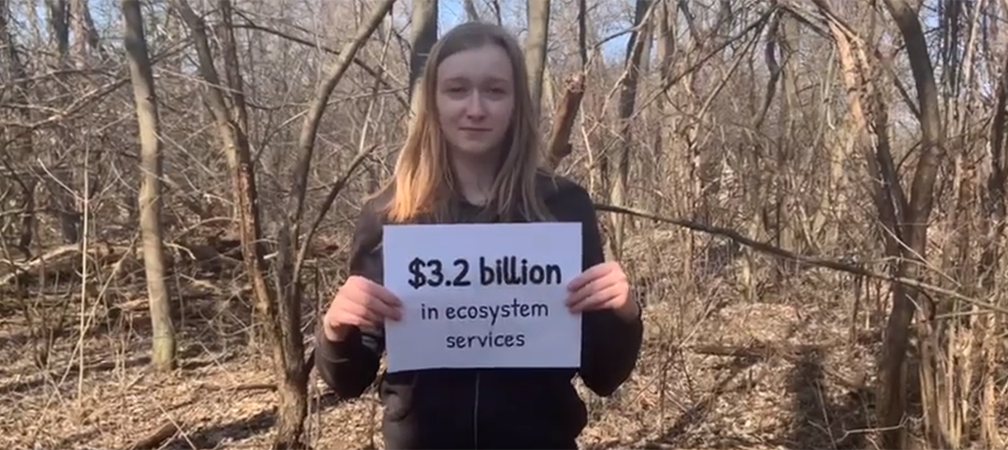
Hearing from these young people, most not yet of voting age, is a timely and touching reminder that the rest of us have a responsibility to act with their interests in mind. We must ensure that these benefits continue to be available to them in the future. Borrowing from writer Roman Krznaric, we need to think long term and ask ourselves how we can be “good ancestors.”
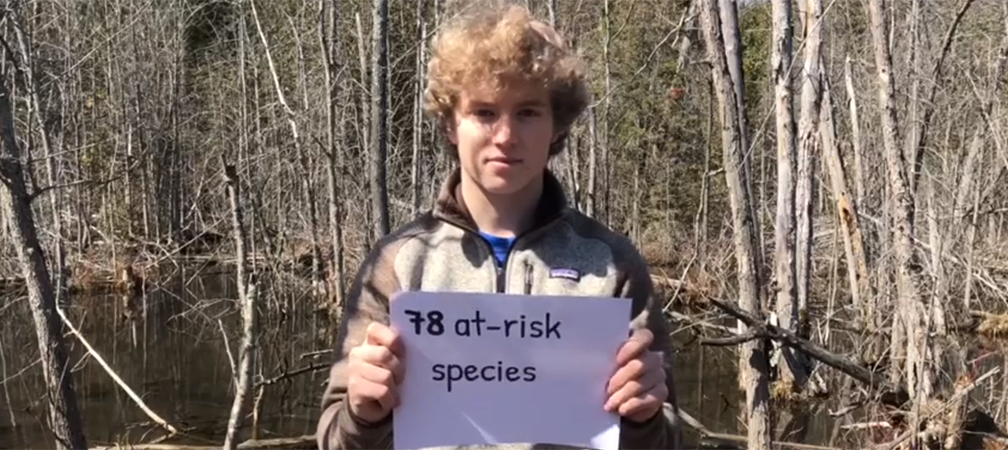
Our choices now will affect all generations to come, especially as they pertain to the interrelated crises of biodiversity loss and climate change. As pointed out in a recent report of the United Nations Environment Programme, we need to make peace with nature – urgently!
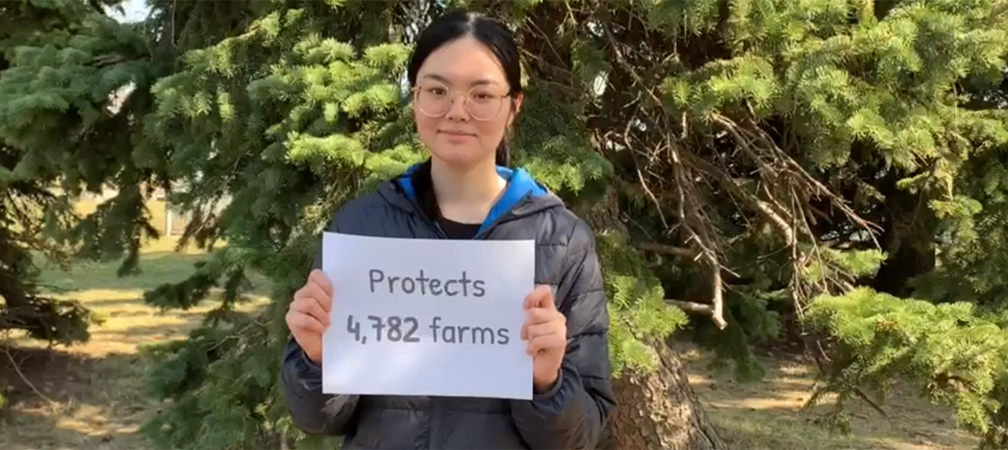
In this light, the Government of Ontario’s announcement that it intends to expand the Greenbelt offers a long-awaited opportunity. But the challenge for aspiring good ancestors is to convince the government to take a much more ambitious approach than what it is currently contemplating. So far, it is proposing to add the Paris Galt Moraine and public lands within a few urban river valleys to the Greenbelt. Welcome suggestions, but they won’t suffice if our aim is truly to protect precious farmland, groundwater and natural areas across the Greater Golden Horseshoe and to build the region’s resilience to climate change.

Ontario Nature and many other environmental and community organizations are recommending that Greenbelt expansion focus on protecting areas of high ecological and hydrological value that are under threat from urban development. Specifically, we are calling for the inclusion of all moraines, entire river valleys, coldwater streams, wetlands and headwaters of river systems, the Lake Simcoe basin and other areas with an abundance of sensitive ecological and hydrological features. The hope is to permanently protect these places from land speculation and intensive development.
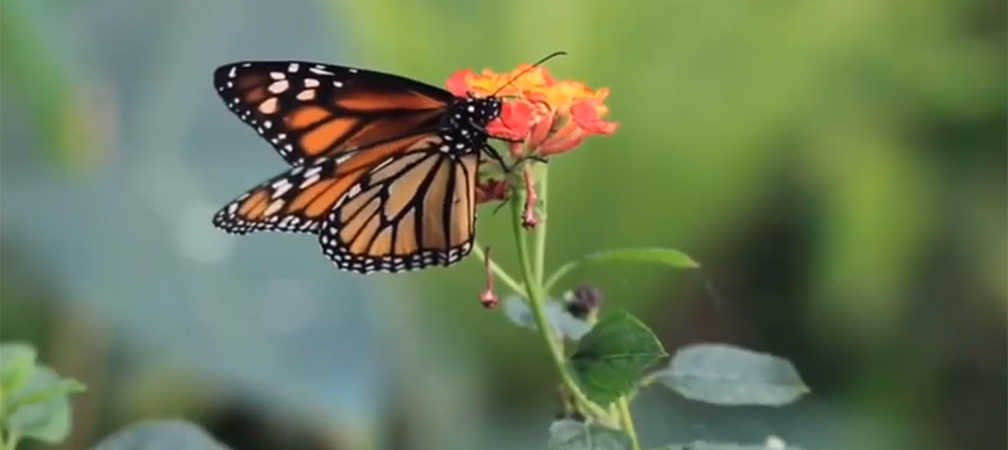
Roman Krznaric makes a helpful distinction between hope and optimism. Optimism, he explains, can be thought of as a cheery disposition, despite the evidence. Hope, on the other hand, does not assume all will be well. Instead, it “recognizes the real possibility of failure, yet at the same time holds on to the prospect of success despite the odds, driven by a deep commitment to an outcome we value.”
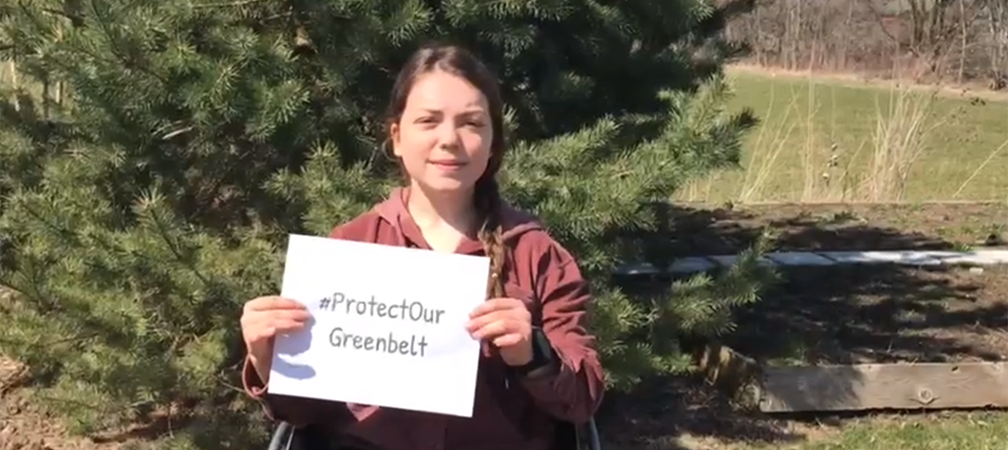
As future ancestors, we need to embrace hope, remembering that our health and well-being are inextricably bound to that of the natural world. Beginning with the Greenbelt, let’s think big with thriving biodiversity, healthy food, clean air and water, climate resilience and ample and accessible greenspace as the outcomes we seek.
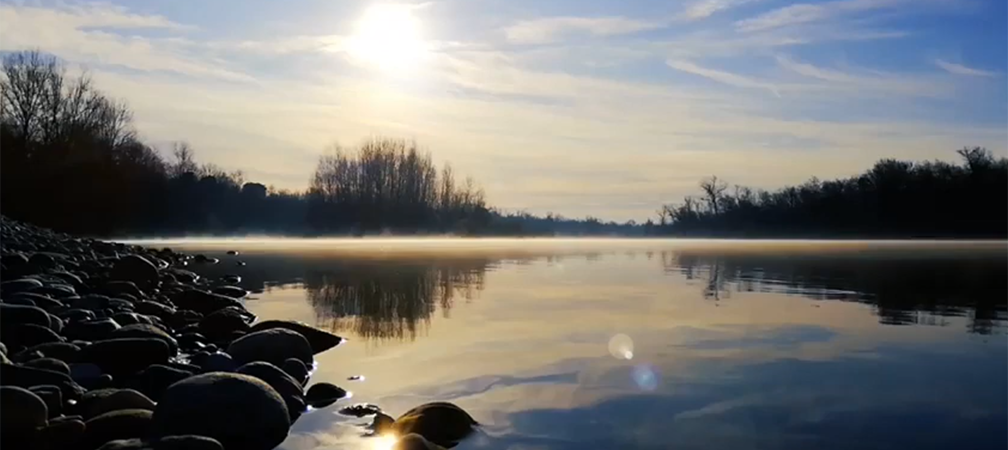
Please join Ontario Nature in urging the Ministry to take a more ambitious approach to Greenbelt expansion. The deadline for comment is April 19, 2021.

Gananoque Lake Nature Reserve © Smera Sukumar
Ontario has the opportunity to take a giant step forward by protecting additional moraines added to the existing green belt. We have passed the time of talking long ago and must act now. It is already too late in many situations and Ontario must act now before it is too late in all situations, our youth demand and deserve better.